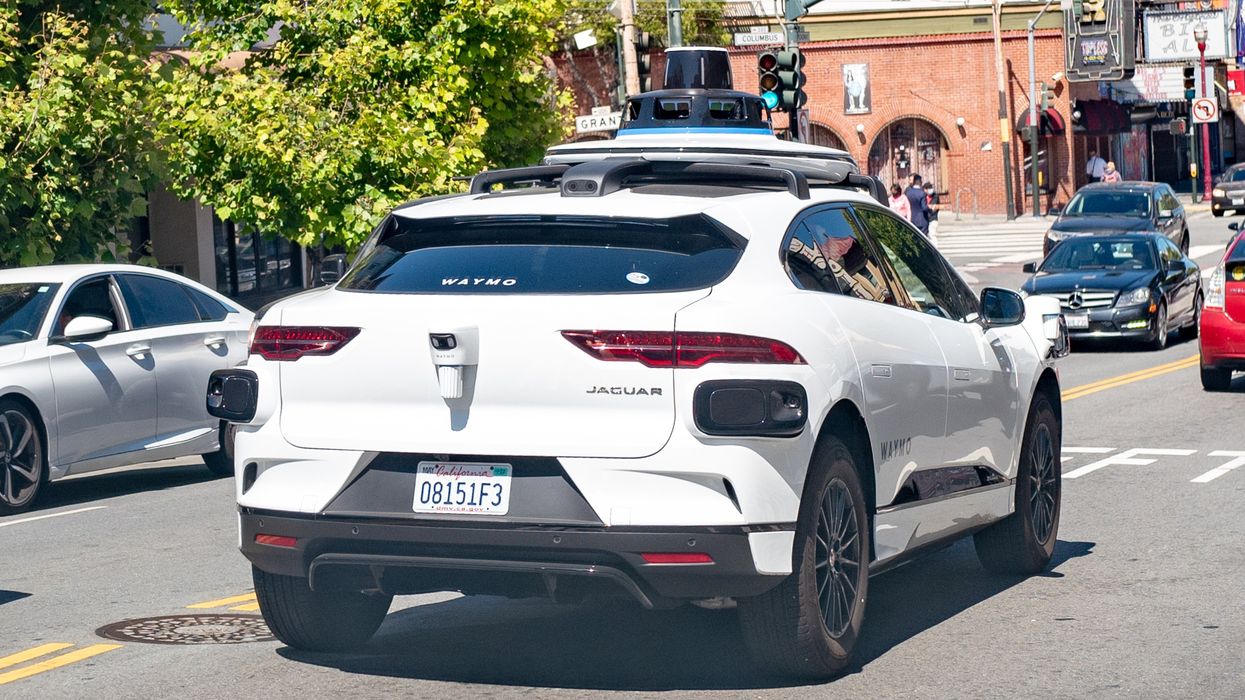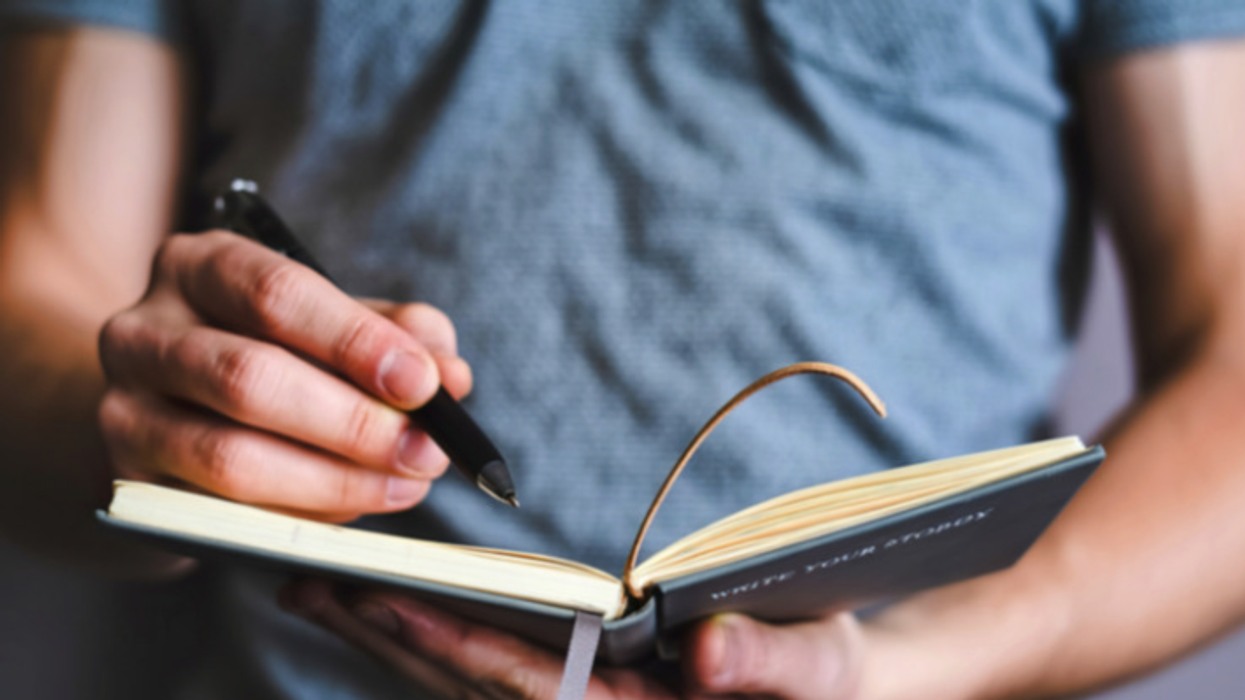Hill was policy director for the Center for Humane Technology, co-founder of FairVote and political reform director at New America. You can reach him on X @StevenHill1776.
Will self-driving cars transform our transportation infrastructure? For several years we have been hearing that driverless vehicles will be taking over the streets, and that this transportation revolution will be a great thing for consumers as well as society.
Imagine, your own personal robot driver who picks you up and drops you off, 24/7. No more parking woes or falling asleep at the wheel. Leading companies like Tesla and Waymo have claimed that their robo cars are safer than human-driven vehicles. Waymo, which is a subsidiary of Google/Alphabet, says its vehicles have logged more than 7 million practice miles on public roads, and also 20 billion miles in “simulation.”
That sounds like a lot until you realize that there are 243 million licensed drivers in the United States who drive on average about 13,500 miles a year. That’s a total of 3.3 trillion miles driven every year.
Will any of these driverless services ever live up to the Silicon Valley hype? It’s one thing to test-drive on a track or a computer simulation, but the chaos and confusion of streets in the real world have proven to be a greater challenge than the brash entrepreneurs at Waymo or Tesla’s Elon Musk will admit. Now that the companies are required to report all accidents, it turns out there have been a lot more of them than the public knew.
Recently Waymo became the target of a new federal investigation by the National Highway Traffic Safety Administration. Its investigators flagged nearly two dozen recent incidents when Waymo's vehicles were involved in a collision or exhibiting erratic behavior. There have been increasing reports of collisions with stationary objects, such as gates and parked vehicles, as well as violations of traffic laws.
Waymo’s main competitor, Cruise, paused operations entirely after numerous incidents of erratic operation. That includes an incident in San Francisco that resulted in a pedestrian being dragged 20 feet by a Cruise vehicle, even as Cruise withheld video of the incident from regulators.
Previously an Uber robo vehicle killed a pedestrian, and San Francisco’s fire chief warned that driverless cars interfered with emergency vehicles nearly 40 times in 2023 alone. In April, the NHTSA opened investigations into collisions involving self-driving vehicles run by Amazon-owned Zoox, as well as partially automated driver-assist systems from Tesla and Ford.
NHTSA has identified at least 13 Tesla crashes involving one or more deaths while drivers were using Autopilot, and many more involving serious injuries.
Many members of the public are not happy about this new danger on city streets. In San Francisco, an angry crowd set fire to a Waymo driverless taxi just days after a Waymo car hit a bicyclist. Previously, a Waymo vehicle had struck and killed a dog.
So it looks like industry hype is outracing reality. Part of the issue is one of “trust.” The motto of Silicon Valley has always been “move fast and break things” and “apologize later.” When that reckless attitude gets applied to robo cars, it’s fair to ask whether it is OK that these companies act as if our streets are their laboratory and we’re their guinea pigs.
I enjoy my smartphone and a few techno-trinkets as much as anyone, and certainly many new technologies can bring welcome benefits. But I remember back in 2017 when several tech companies and investors revealed their latest shiny object — flying cars. Uber announced that it would be piloting an aerial taxi service in Los Angeles by 2020. At the time Uber was losing billions of dollars because it used predatory pricing to subsidize each ride as a way to monopolize the market and drive out competitors (including public transportation).
Yet the media lapped it up, even though Uber didn’t even have a working prototype for a service where the equivalent of a fender-bender in the air would be death. Unsurprisingly, the Jetsons’ taxi never took off.
Silicon Valley’s dirty little secret is that seven out of 10 start-ups fail and nine of 10 never earn a profit. Silicon Valley is a casino where investors roll the dice. So the entrepreneurs often feel pressured to sound like circus impresario P.T. Barnum trying to over-hype their latest show.
Don’t get me wrong, the fact that these vehicles can self-drive at all is a marvel. And Waymo counters that 40,000 people are killed by human-driven vehicles every year. But that’s misleading because it’s spread across three trillion miles. How will society decide the threshold for when robo cars are deemed safer than humans?
Maybe these companies should have to create a test city in the desert and experiment there. Currently, the limited abilities of robo cars make them suitable for a Disney World ride, or as shuttles on a university campus or industrial park where the vehicle could safely drive the same repetitive route. Or perhaps they can be used as long distance delivery trucks, which would only have to drive straight on an interstate, and at the city limits a human could drive it into the city.
Instead, regulators mostly have been hands-off, with California recently allowing scandal-plagued Waymo to expand in Los Angeles. The Waymo-ification of our streets seems to be proceeding against all common sense, even as its actual benefits remain elusive.




















